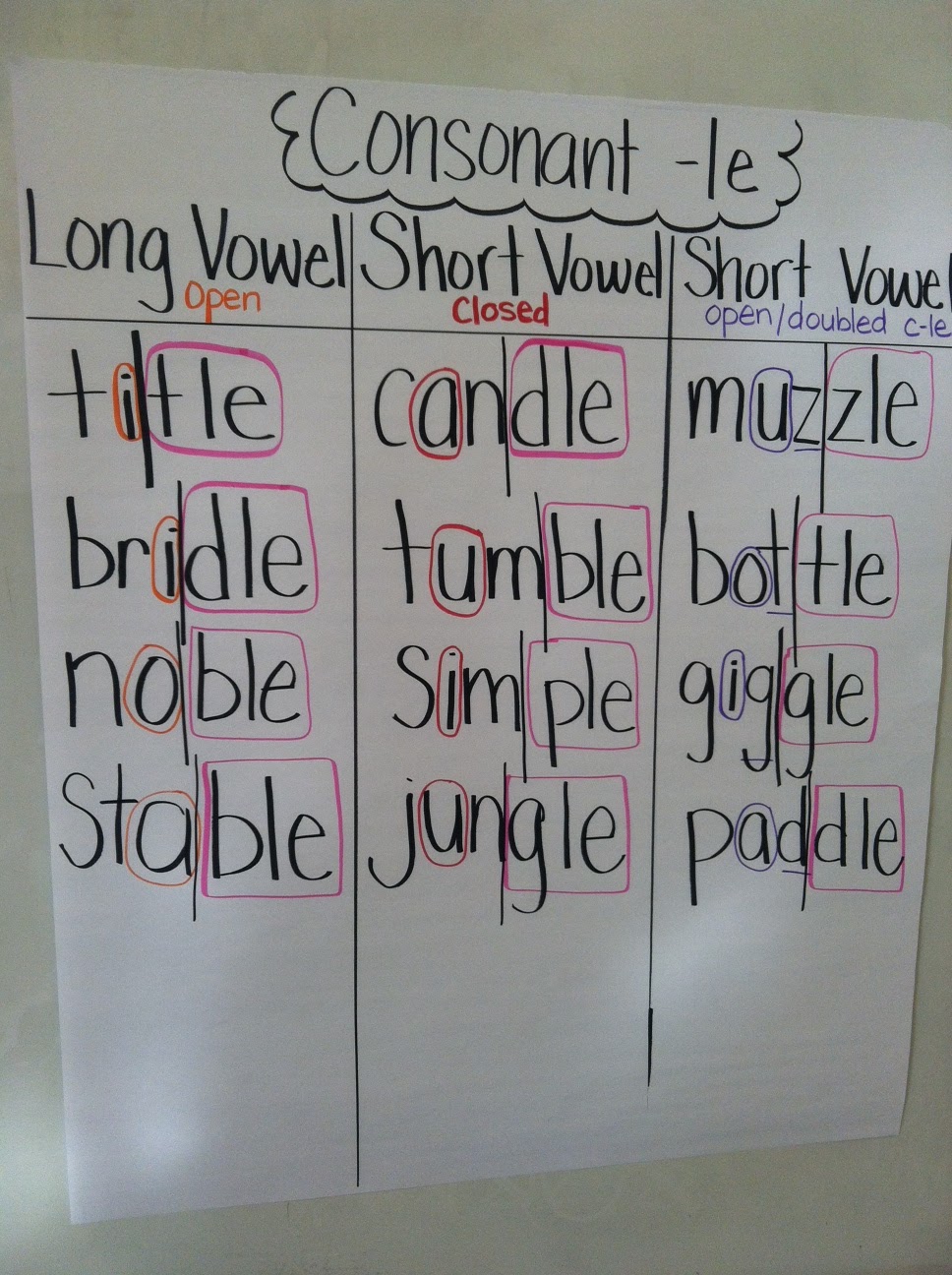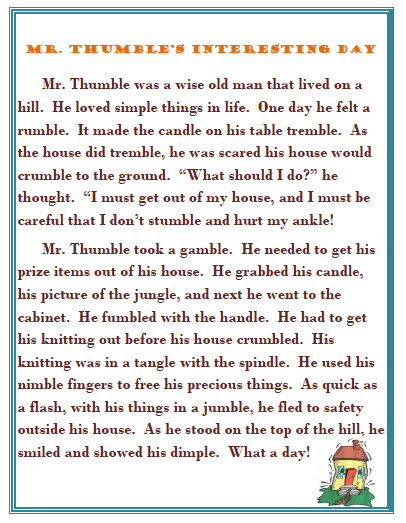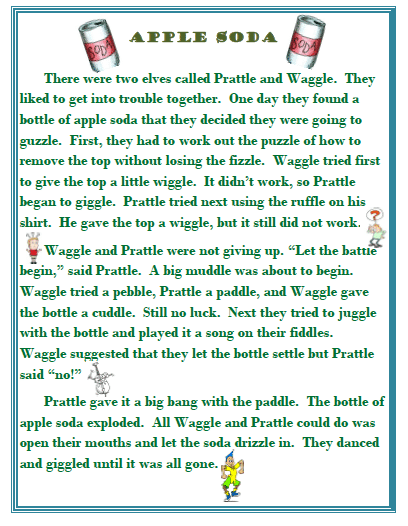- Literacy
- |
- Anchor Charts
- |
- Classroom
- |
- Fluency
- |
- Free
- |
- Intervention
- |
- Literacy Anchor Charts
- |
- Teacher Ideas
Consonant + le Intervention
By Mary Montero
Share This Post:

As I mention in my sidebar, I wear many hats each day. While I teach middle school math to some of my students, others are still working on 1st, 2nd, and 3rd grade skills. One of my Intervention groups just completed a mini-study about Consonant -le endings in words. This was serious stuff, folks. What seems like a fairly simple rule really tested the patience of some of the sweetest kids I know.

The students had prior knowledge of syllabication, so we started off with reviewing open and closed syllables. I then began teaching the kids all of the c-le combinations. We use some Orton Gillingham techniques, so we write the combinations on a card and do them flashcard style. (For instance, if I hold up -ble, the students all say “b-l-e says ble”) I then introduced open vowels with c-le endings. This was a piece of cake! We read “Trifle,” the original story that one of our wonderful aides wrote (You can download them for FREE here). We underline all of the words in the story that end with a c-le pattern. Then, we added the words to our chart (seen above).
Next, we went on to closed, short vowels with c-le endings. We read the original story called “Mr. Thumble’s Interesting Day.” Again, we underlined the words and added them to our chart.
At this point, the kids were feeling very confident in their ability to both read and write these words. I would dictate words and they would spell them beautifully. No more “gambul” instead of “gamble” or “stabl” instead of “stable.”
And then I threw them for an unexpected loop. I introduced OPEN, short vowels with c-le endings that needed to have the consonant doubled. Wrapping their heads around this was incredibly hard for some of them. We read the story “Apple Soda,” and they had no problem decoding the words, but when it came time to start encoding (spelling) all three types, my poor kids were at a loss for which ones were doubled and which were not. For a moment, I even thought some of them forgot long vs. short vowels.
So, I took our chart that we made and we split apart each word visually. We circled the c-le ending (because it has to remain its very own syllable), circled the vowel to identify whether it was short or long, and then split the two syllables to see if it was open or closed–thus leading us to know whether or not we needed a double consonant. The lightbulbs began to flicker, and slowly but surely the students could see the difference between all three spellings. The anchor chart and splitting the words into parts made all the difference in the world.
Happy Friday, everyone!
Don’t forget to download the three consonant -le stories for FREE to use with your kids!
Mary Montero
I’m so glad you are here. I’m a current gifted and talented teacher in a small town in Colorado, and I’ve been in education since 2009. My passion (other than my family and cookies) is for making teachers’ lives easier and classrooms more engaging.















You’ve been Boo’d! I have featured your blog and TPT store on my blog! Please let me know what treat you’d like from my store:
http://www.teacherspayteachers.com/Store/Realistic-Teacher
And see where I’ve highlighted your blog:
http://realistic-teacher.blogspot.com/2012/10/youve-been-bood-party.html
Please play along!!
I found your blog because Realistic Teacher boo'd you. I'm now your newest follower. Come on over and join the party by booing 3 of your favorite blogs. 🙂
Cynthia
2nd Grade Pad
I love your stories! We often get "mail" from visitors that teach about vowels, compound words, etc. Thank you so much for sharing these. =)
I am happy to be the newest follower of your adorable blog! If you get the chance, I would love for you to hop over and visit me. =)
Heather
Heather's Heart
I'm a little late to the party, but these are fabulous and align perfectly with Wilson Reading! Thanks for sharing!
I may be missing something but believe your chart's third column should inform the children that those first syllables are closed, as indeed they are…muz-… bot-…gig-, etc. Were they open syllables they would have long vowel sounds, such as those correctly identified in you chart's first column.